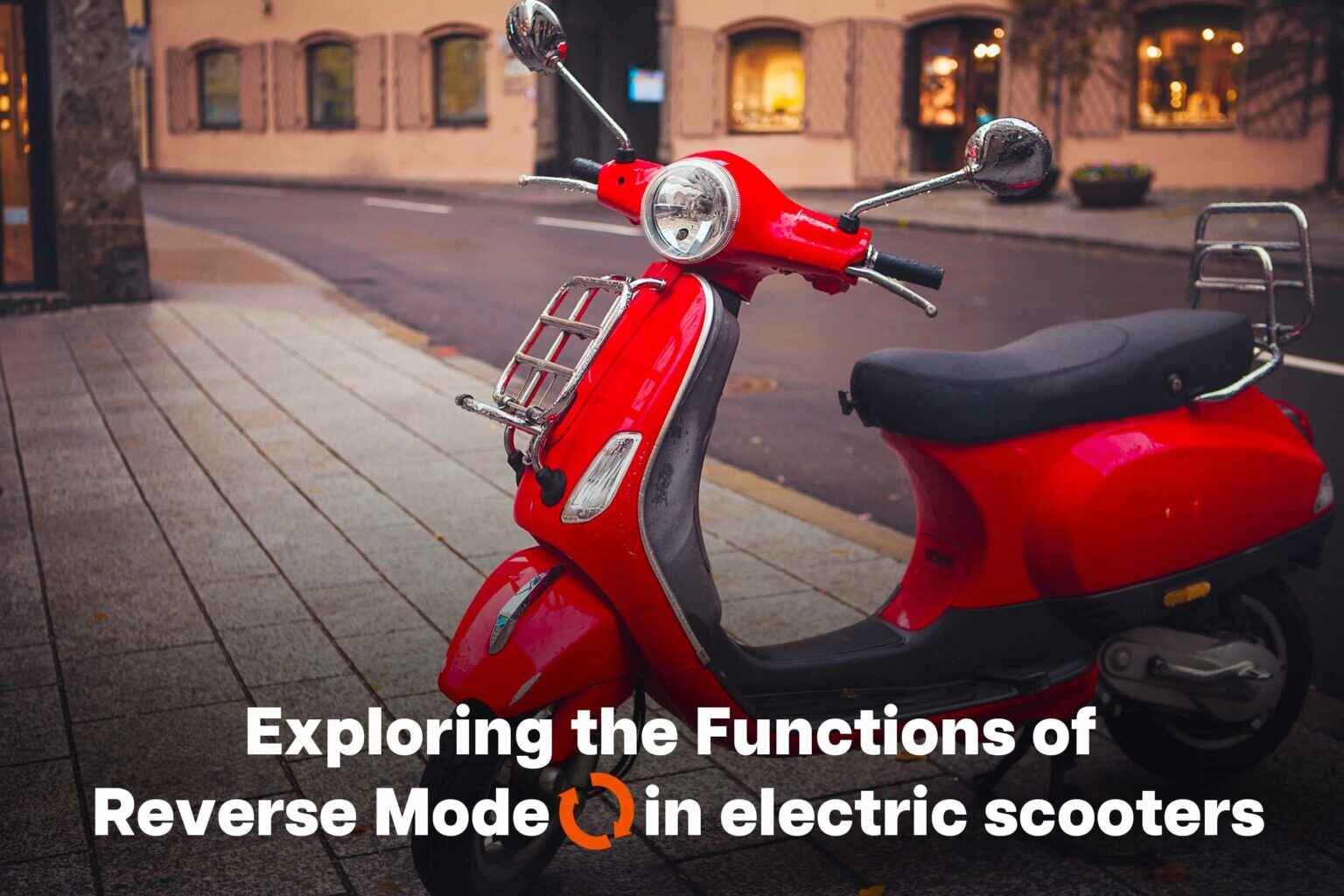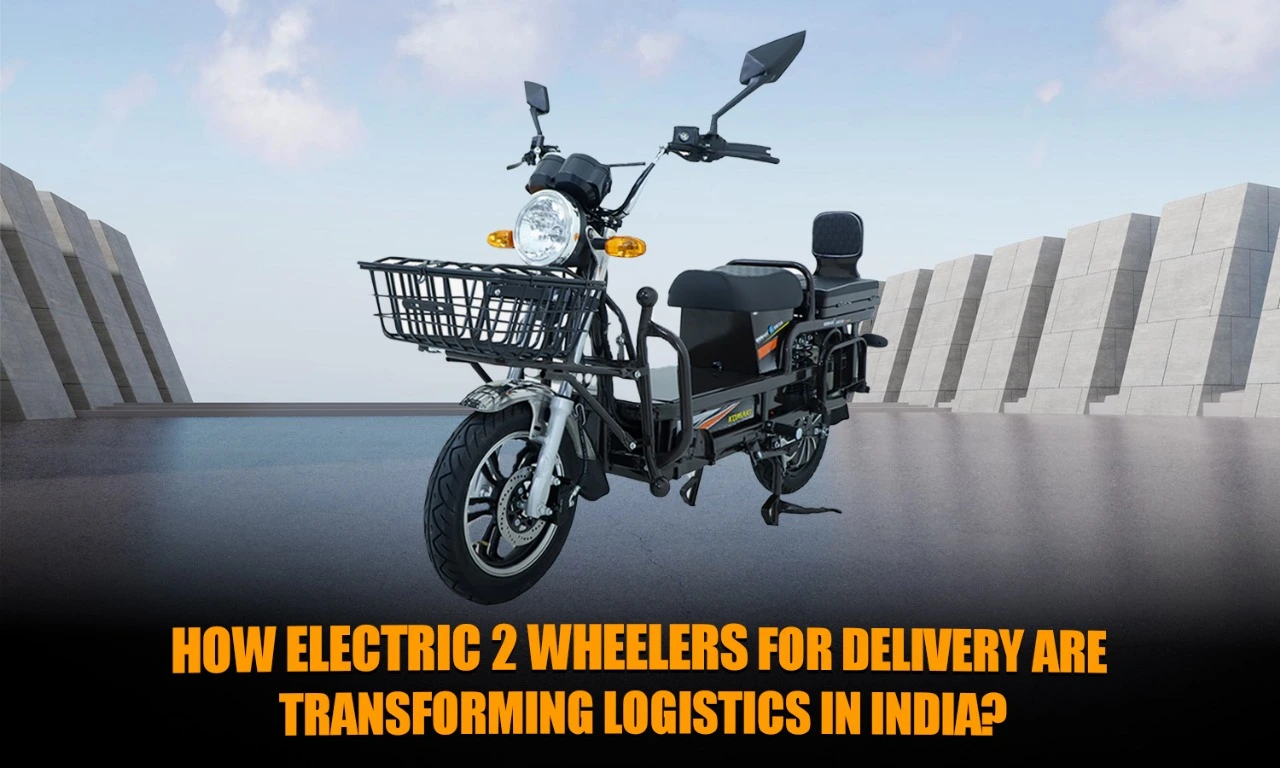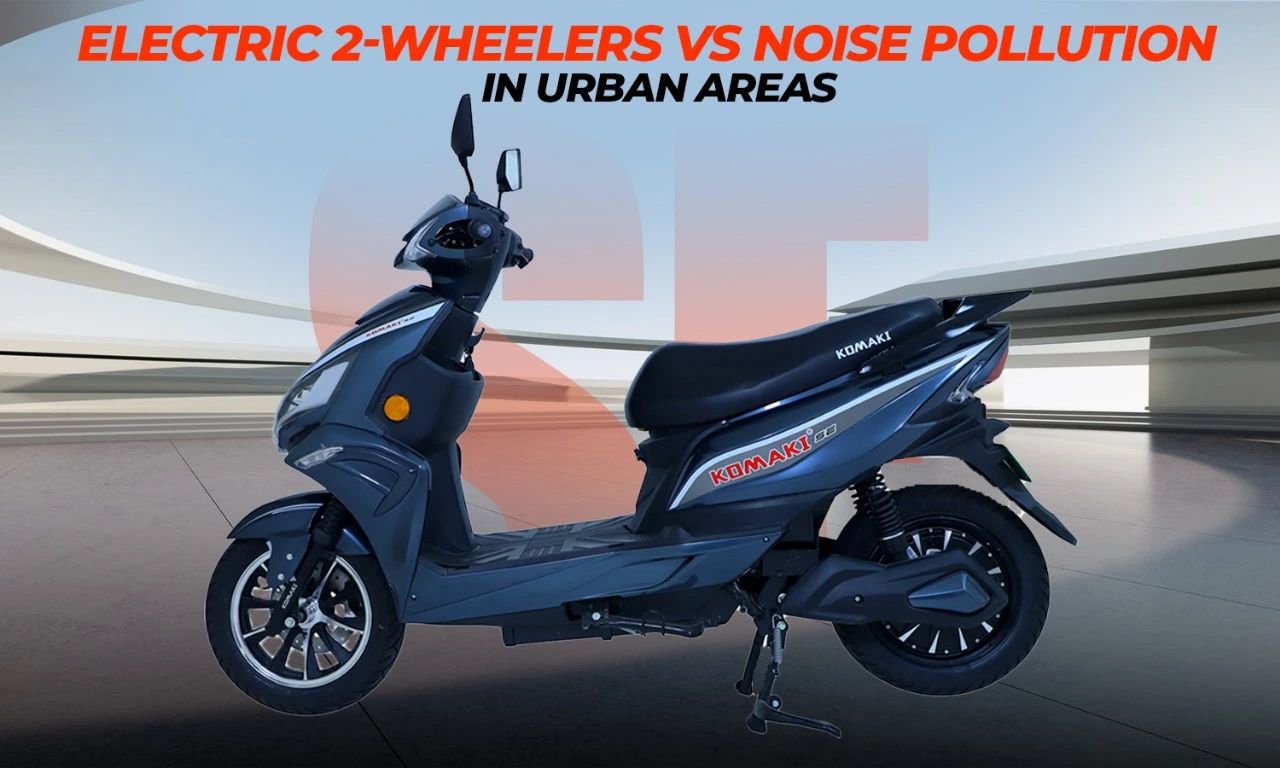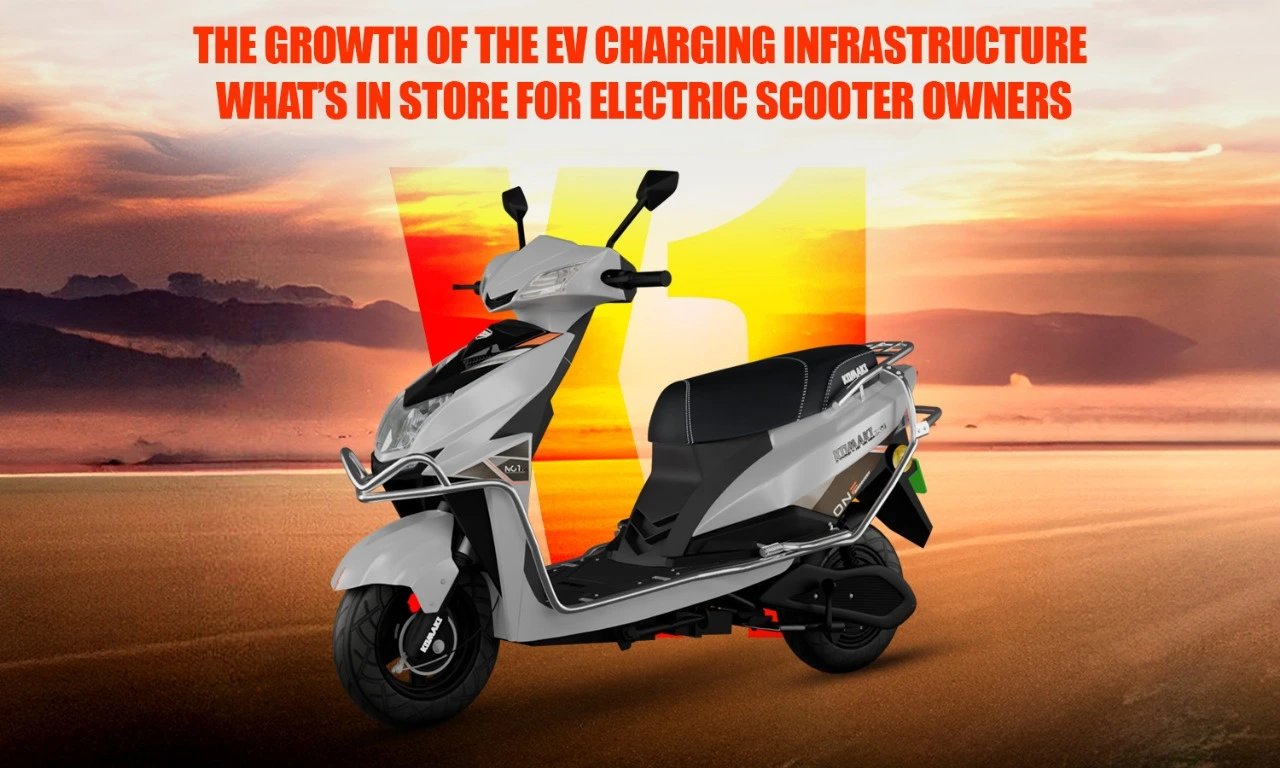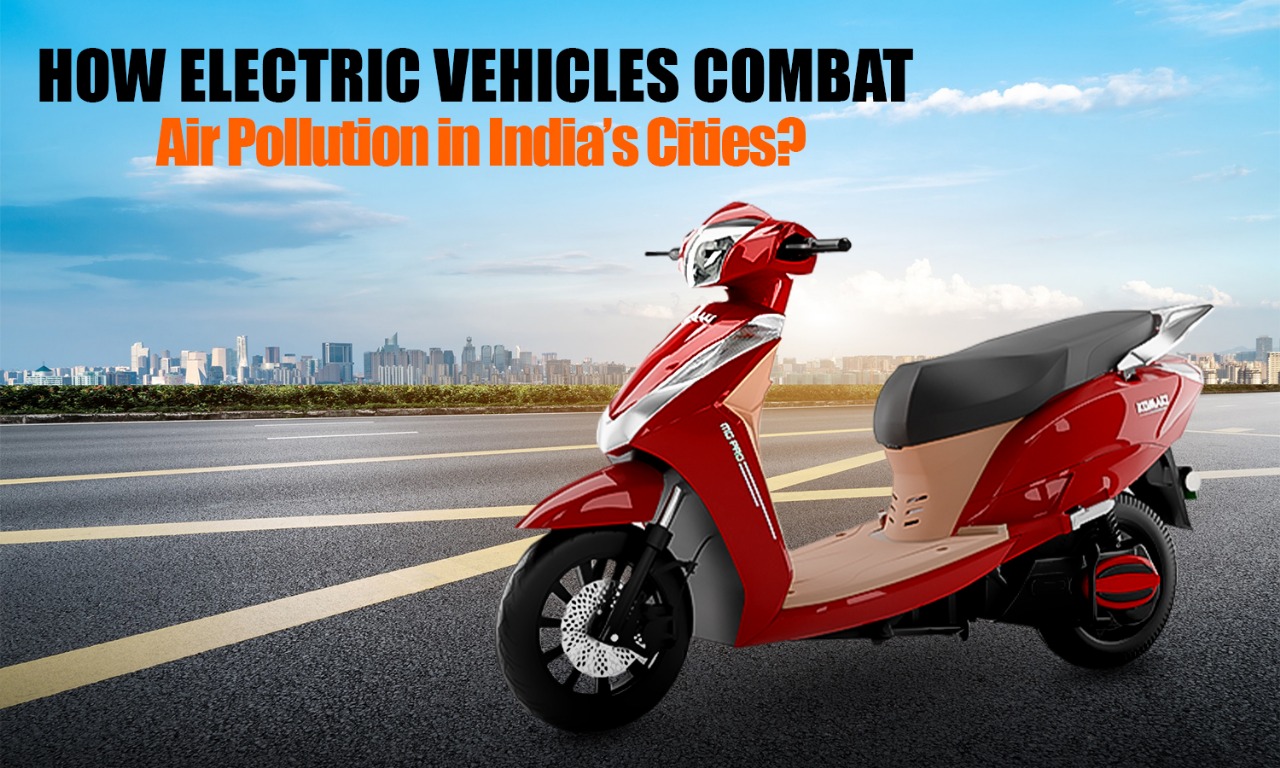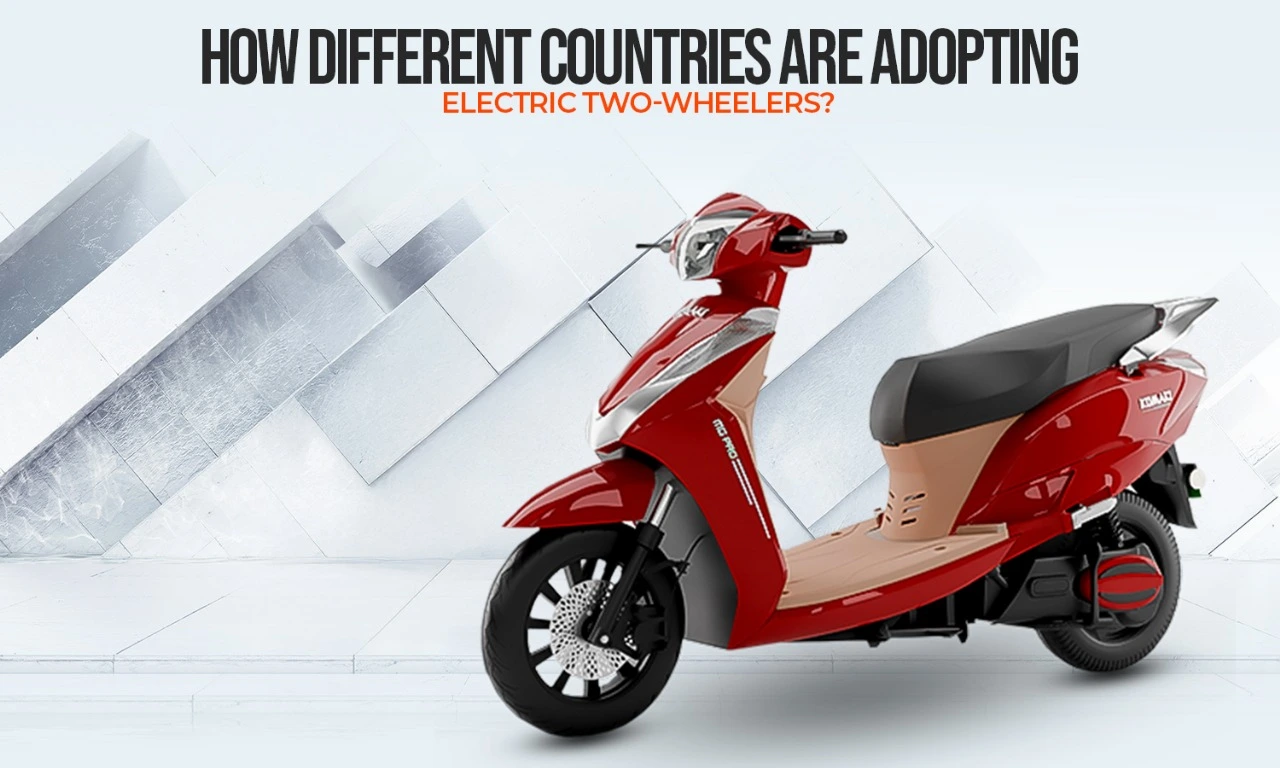What Is the Function of Reverse Mode in Electric Scooters?
Reverse Mode Being the Best Electric Scooter Functionality
What Is the Mechanism Behind the Reverse Gear in Electric Scooters?
Mechanisms behind the reverse gear in electric scooters and Electric scooter driving tips are:
How Do You Reverse an Electric Scooter?
Electric Scooter Handling: Mastering the Art of Going Backward
Reversing on electric scooters is a skill every rider should master, and the process typically involves activating the reverse function using the handlebars, a dedicated button, or a switch, depending on the scooter’s design. While the specific steps may vary, here are common
It’s very important to approach reversing carefully, especially in crowded areas. Maneuvering an electric scooter in reverse can be more challenging than moving forward, so practicing in a safe and open environment before attempting it in busy streets is highly recommended.
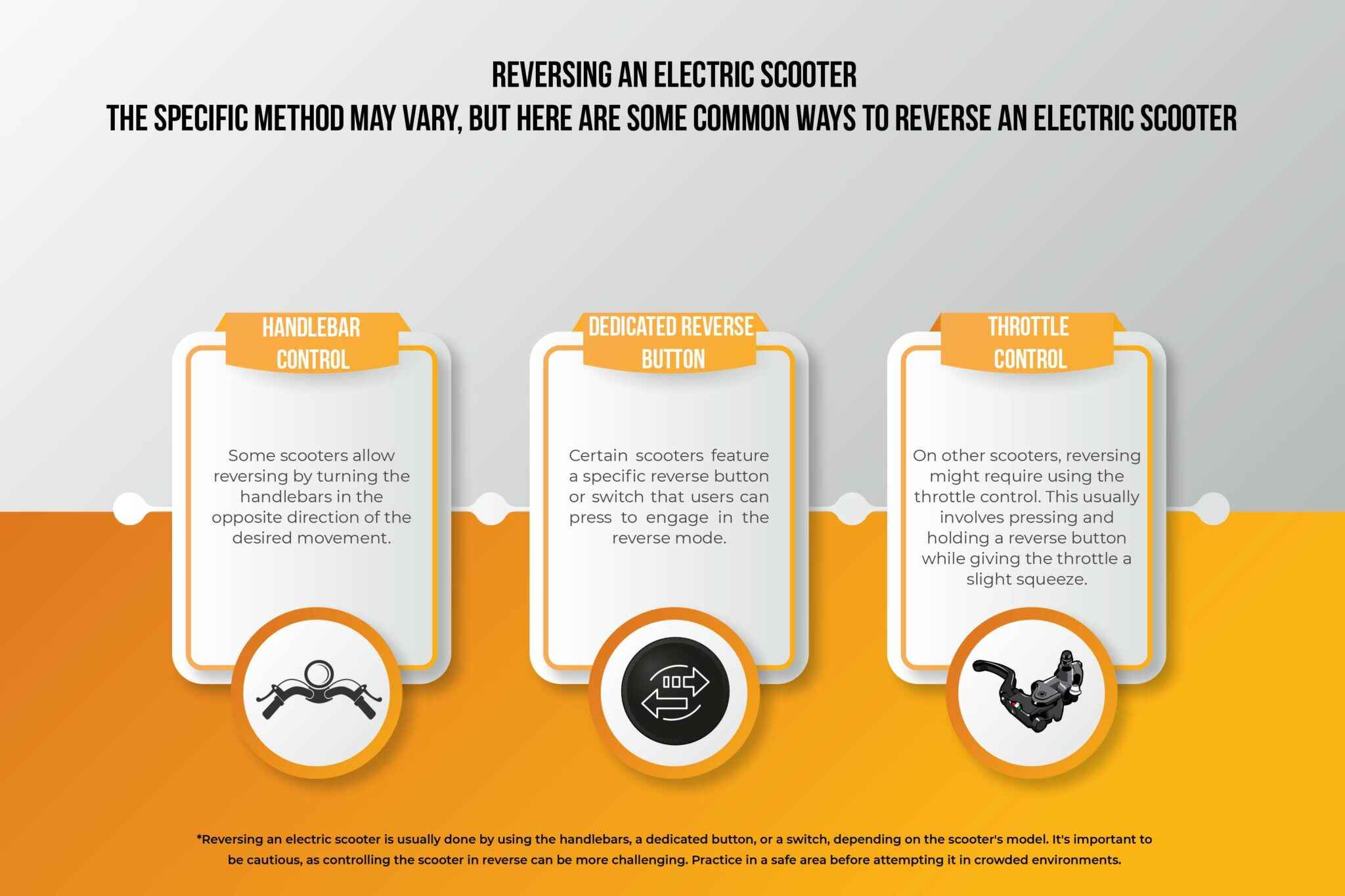
What Is the Impact of the Reverse Mode on an Electric Scooter Battery?
Electric Scooter Efficiency: Balancing Convenience and Energy Consumption
Manufacturers design electric scooters focusing on battery efficiency, optimizing the battery’s capabilities for the scooter’s various functions. The reverse mode in electric scooters, being a practical and energy-efficient feature, contributes minimally to the scooter’s overall energy consumption.
Using the reverse mode in electric scooters makes it easier for people to ride in the city. It’s like having a special button that helps you go backward when you need to, like when the streets are crowded or when you want to park in a small space. Learning about how it works gives riders the power to choose how they want to use it, whether through handlebar controls or special buttons.

